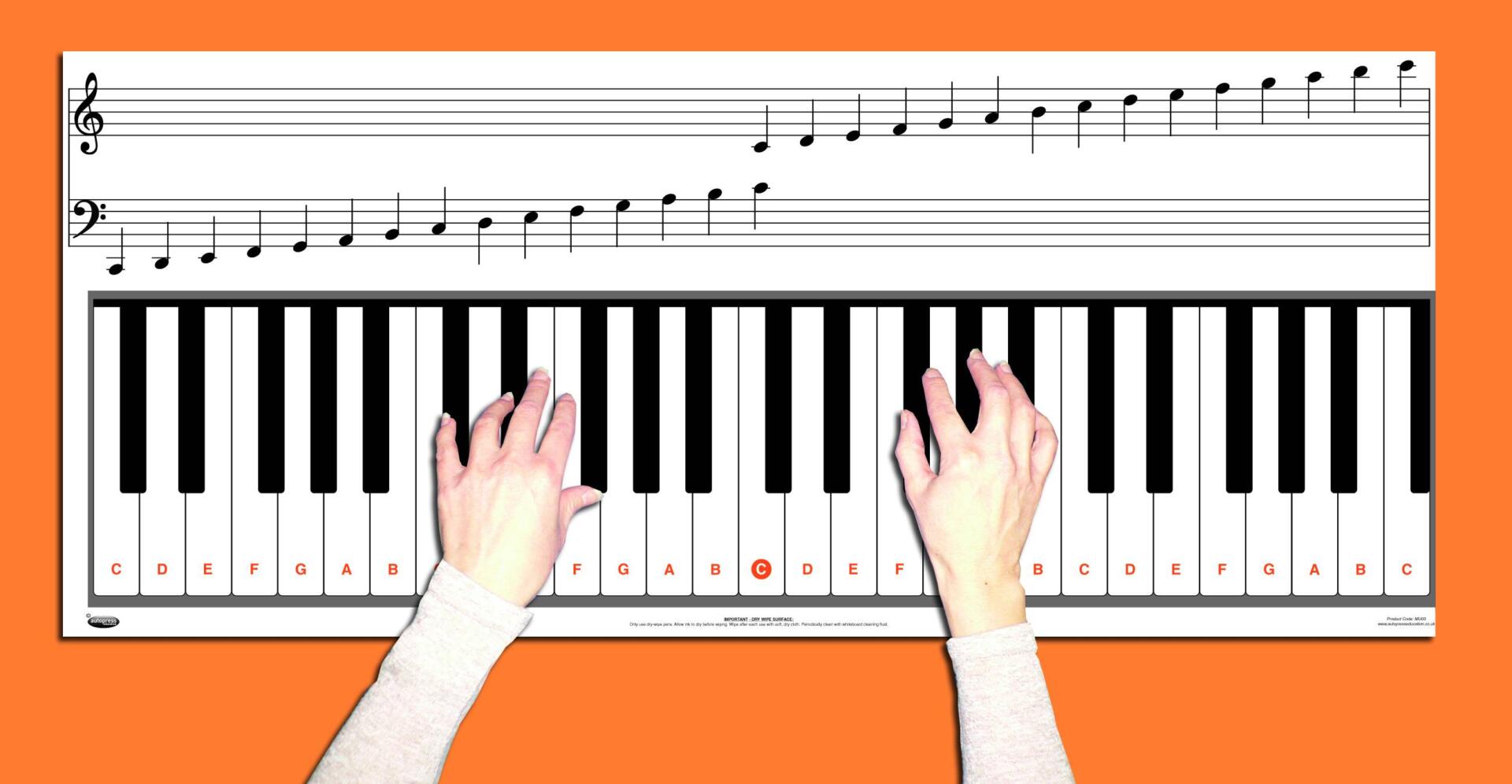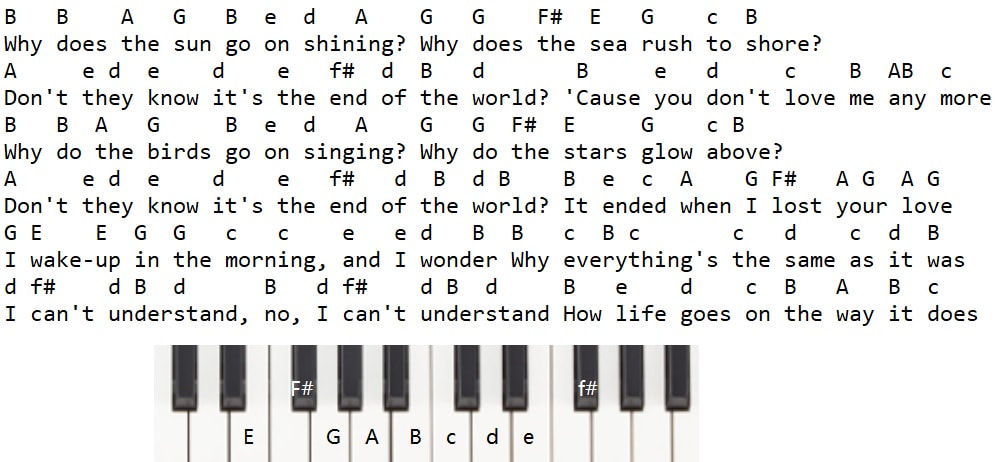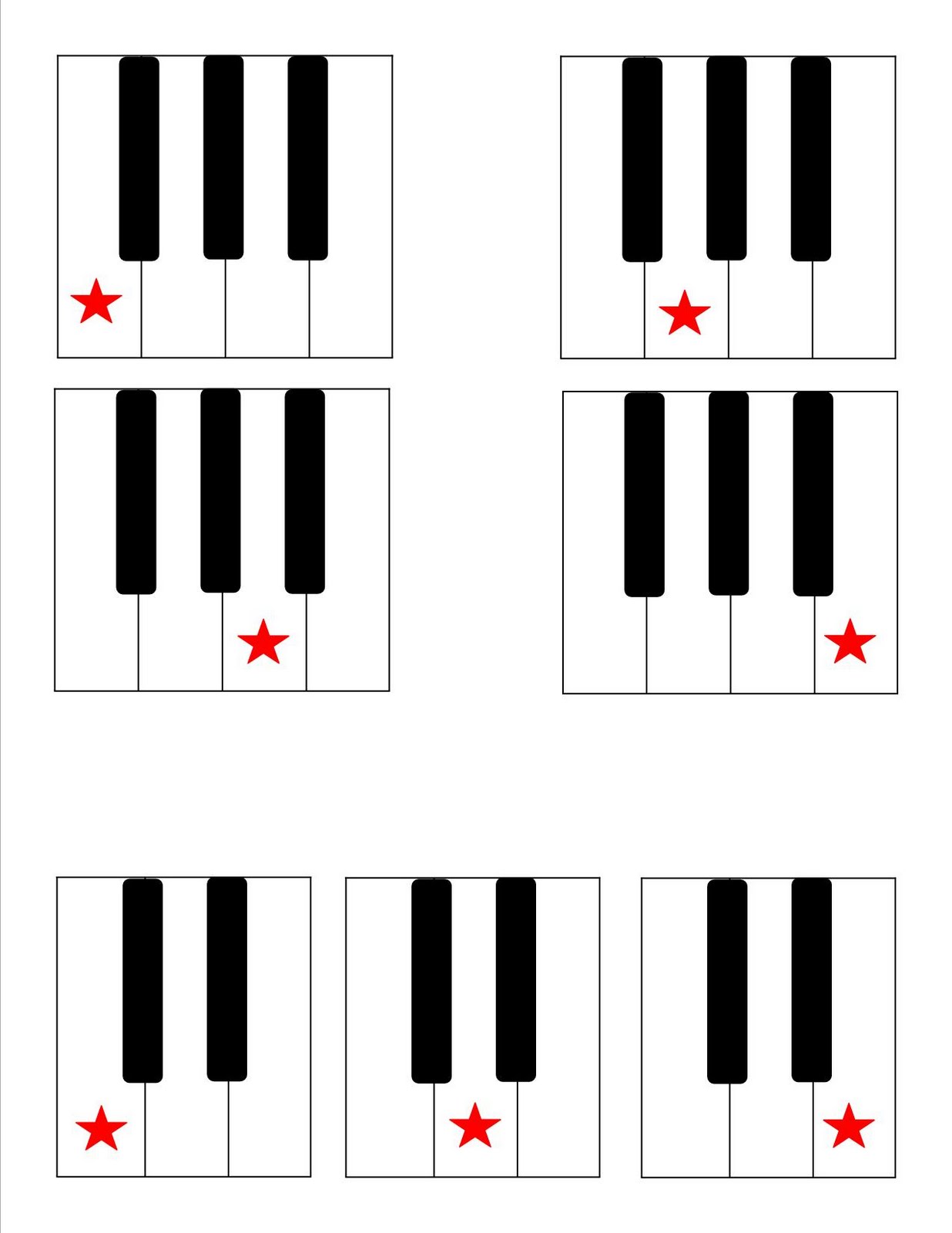


There are several schemes for this, the most common being scientific pitch notation. Note names can also be qualified to indicate the octave in which they are sounded. The note names used are conventional, for example a clarinet is said to be in B ♭, E ♭, or A (the three most common registers), never in A ♯, and D ♯, and B (double-flat), while an alto flute is in G. Note names are also used for specifying the natural scale of a transposing instrument such as a clarinet, trumpet, or saxophone.

This is normally only an issue in describing the notes corresponding to the black keys of the piano there is little temptation to write C as B ♯ although both may be valid names of the same note. For example, in the key of D major, it is not generally correct to specify G ♭ as a melodic note, although its pitch may be the same as F ♯ (in many tuning systems other than twelve tone equal temperament, the pitch of G ♭ is not the same as that of F ♯). In the context of a piece of music, notes must be named for their diatonic functionality. A few even use the /, writing C/A or A/C, but this notation is more commonly used for specifying a bass note and will confuse most guitarists. For example, after capo 3, most music sheets will write A to indicate a C chord, that is, they give the chord shape rather than its pitch, but some specify it as C, others give two lines, either the C on top and the A on the bottom or vice versa. Where a capo is indicated, there is little standardisation. The bass note may be specified after a /, for example C/G is a C major chord with a G bass. Letter notation is the most common way of indicating chords for accompaniment, such as guitar chords, for example B ♭ 7. Western letter pitch notation has the virtue of identifying discrete pitches, but among its disadvantages are its occasional inability to represent pitches or inflections lying outside those theoretically derived, or (leaving aside chordal and tablature notations) representing the relationship between pitches-e.g., it does not indicate the difference between a whole step and a half step, knowledge of which was so critical to Medieval and Renaissance performers and theorists. For a more complete table and explanation, see Musical note. Use of solfege or letter names depends on language.

If we consider the chromatic scale, new sounds are obtained by lowering or raising the 7 diatonic notes by a semitone by means of flats (♭) and sharps (♯). In traditional Irish music, where almost all tunes are restricted to two octaves, for notes in the lower octave to written in lower case while those in the upper octave to be written in upper case. In Germany, Scandinavia, and parts of Central and Eastern Europe, H is used instead of B, and B is used instead of B ♭. This is the most common way of specifying a note in speech or in written text in English or German. For the complete Western diatonic scale, for example, these would be the letters A-G, possibly with a trailing symbol to indicate a half-step raise ( sharp, ♯) or a half-step lowering ( flat, ♭). In music, letter notation is a system of representing a set of pitches, for example, the notes of a scale, by letters. The print letters, above the staff, are not normally included.


 0 kommentar(er)
0 kommentar(er)
